Why do some houses survive a wildfire?
Lessons from the lone homes left standing amid the devastation in LA

There is some hope among the smouldering ruins of many parts of Los Angeles. Entire neighbourhoods were ravaged by the recent wildfires but, among the devastation, the odd house stands whole, completely untouched by the flames that burned those around it to the ground.
Houses like these "are heralded as miracles", said National Geographic, and images of their solitary survival have been shared thousands of times by astonished social media users. Although luck may have played a part, what saved these houses from destruction was almost certainly a combination of fire prevention measures their owners had carefully put in place.
'Hardened' homes
It all starts with "home-hardening". Building – or retrofitting – a house with specific fire-resistant materials is "absolutely critical", Daniel Berlant, a Californian fire officer told the Los Angeles Times. Ditching wooden decks and shingle roofs and installing cement stucco walls, a metal roof and gutters, tempered window glass and mesh screening on chimneys, eaves and vents can mean a "double-digit increase" in a house's chances of surviving a fire.
The Week
Escape your echo chamber. Get the facts behind the news, plus analysis from multiple perspectives.

Sign up for The Week's Free Newsletters
From our morning news briefing to a weekly Good News Newsletter, get the best of The Week delivered directly to your inbox.
From our morning news briefing to a weekly Good News Newsletter, get the best of The Week delivered directly to your inbox.
However "hardened" your home is, though, constant vigilance is required. That means clearing debris off the roof and leaves out of gutters, plugging gaps in rafters, checking the holes in mesh screening aren't big enough to let flying embers through, and never leaving cardboard packaging or recycling piling up by your door. There are "50 ways a fire can burn your house", Californian architect Greg Faulkner told The Associated Press. If you "eliminate" three-quarters of them, "that's not luck, that's increasing your odds".
'Defensible spaces'
What is – or isn't – around the house matters, too. Studies show that flying embers from smouldering material are responsible for "up to 90% of structure loss" in wildfires, said National Geographic. Creating a sterile zone around a property – clearing vegetation, swapping wooden fencing for solid concrete perimeter walls – turns it into a "defensible space", said the LA Times, where stray embers are much less likely to take hold. Local fire prevention laws in LA already require homeowners to cut grass and brush within 200 feet of a house, or 10 feet of a road or combustible fence, as well as trimming overhanging trees and spacing out bushes, to prevent them acting "like a highway for flames", said NPR.
But proposals for stricter rules, including limiting greenery on windowsills, have so far met with strong public resistance. And there's the problem: the defensible space around your house can only do so much; you need all your neighbours to have one, too. "Community immunity. It's like a chain – the weakest link," Pacific Palisades resident Steve Yusi told the LA Times, after witnessing burning debris "spew red-hot embers" on to his neighbours' houses in Pacific Palisades.
But sometimes all the preventative measures in the world aren't enough. Yusi spent "$75,000 on a fire-suppression system" for his canyon-edge house, "including a 2,500-gallon sprinkler system to soak the property and humidify the air for an hour". He felt confident, even as his house was "exposed to flames racing uphill", fanned by powerful winds. And? "It burned down anyway."
A free daily email with the biggest news stories of the day – and the best features from TheWeek.com
Helen Brown joined The Week as staff sub-editor in 2024. She edits and fact-checks articles, and also writes the odd one or two. She has a particular interest in health and sport, and has written a book on parenting. She read Classics and Modern Languages at the University of Oxford, where she wrote for the student paper, Cherwell, and then studied magazine journalism as a postgrad at City University, London. After working as a local newspaper reporter and a sports researcher for the BBC, she cut her sub-editing teeth at Radio Times, before becoming chief sub-editor at Cosmopolitan and then the health-and-fitness magazine Zest. She also wrote for The Guardian, The Independent and the Daily Mail.
-
 Political cartoons for January 3
Political cartoons for January 3Cartoons Saturday's political cartoons include citizen journalists, self-reflective AI, and Donald Trump's transparency
-
 Into the Woods: a ‘hypnotic’ production
Into the Woods: a ‘hypnotic’ productionThe Week Recommends Jordan Fein’s revival of the much-loved Stephen Sondheim musical is ‘sharp, propulsive and often very funny’
-
 ‘Let 2026 be a year of reckoning’
‘Let 2026 be a year of reckoning’Instant Opinion Opinion, comment and editorials of the day
-
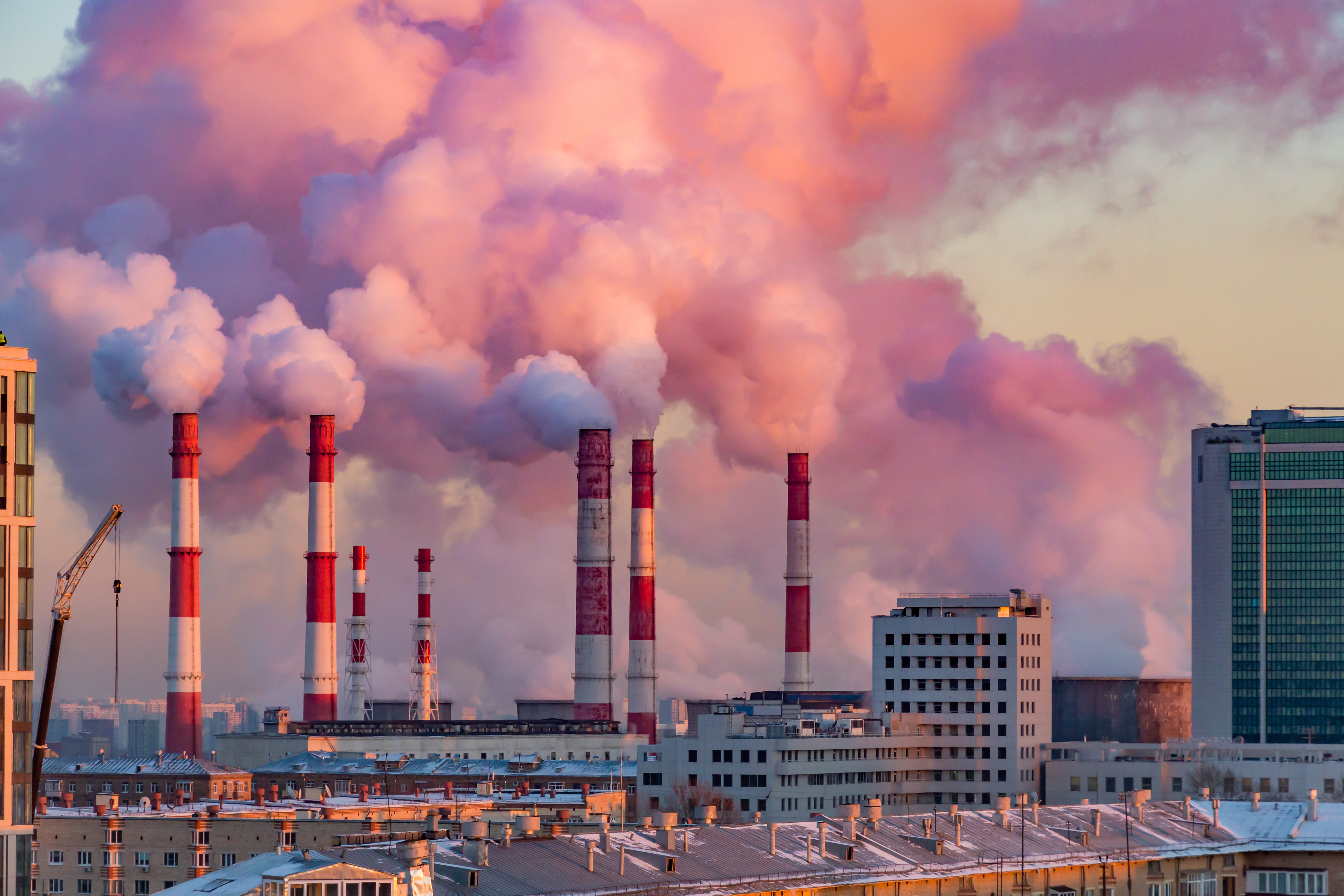 Air pollution is now the 'greatest external threat' to life expectancy
Air pollution is now the 'greatest external threat' to life expectancySpeed Read Climate change is worsening air quality globally, and there could be deadly consequences
-
 The growing threat of urban wildfires
The growing threat of urban wildfiresSpeed Read Maui's fire indicates a phenomenon that will likely become more common
-
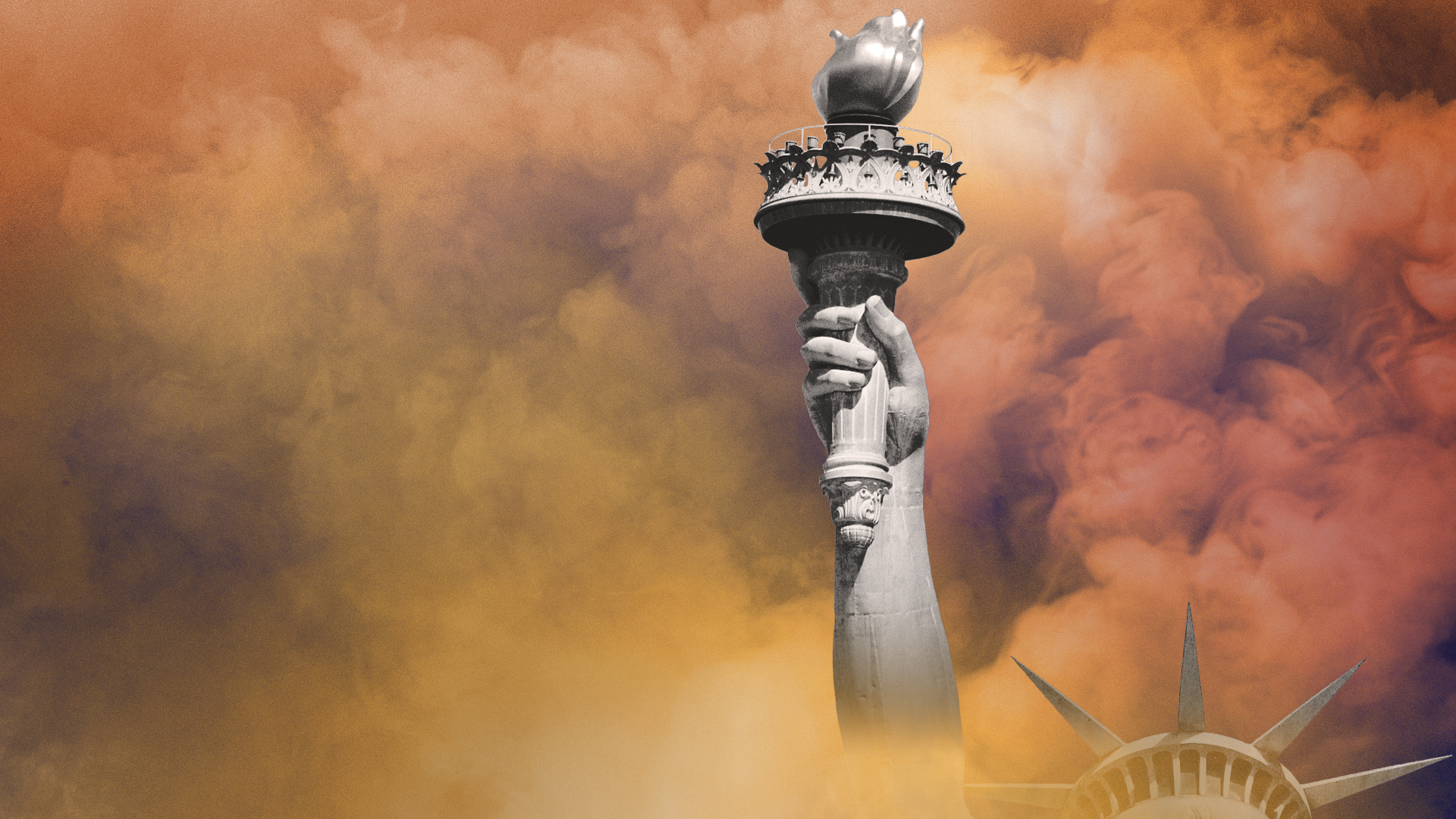 Smoke over NYC: Is hazy air the new normal?
Smoke over NYC: Is hazy air the new normal?Today's Big Question Our days of dangerous air quality may be just beginning
-
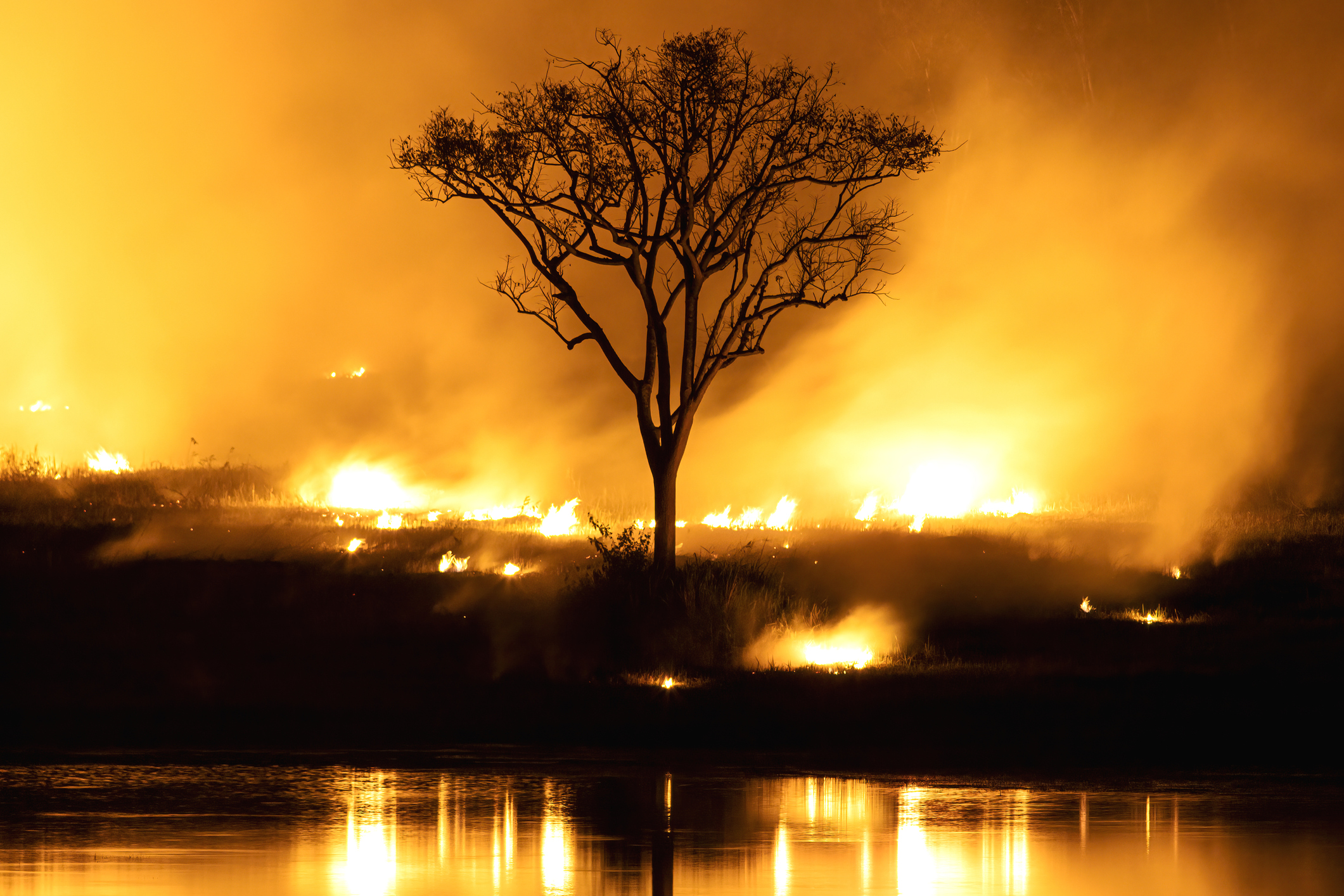 Fossil fuels contributed to more than one-third of western wildfires
Fossil fuels contributed to more than one-third of western wildfiresSpeed Read
-
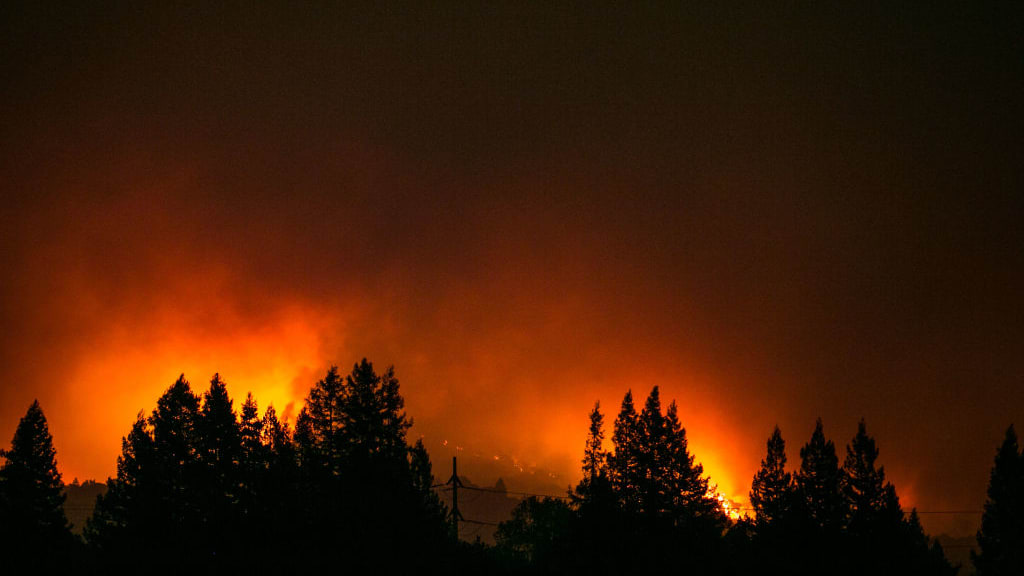 How wildfires are gentrifying California
How wildfires are gentrifying CaliforniaSpeed Read
-
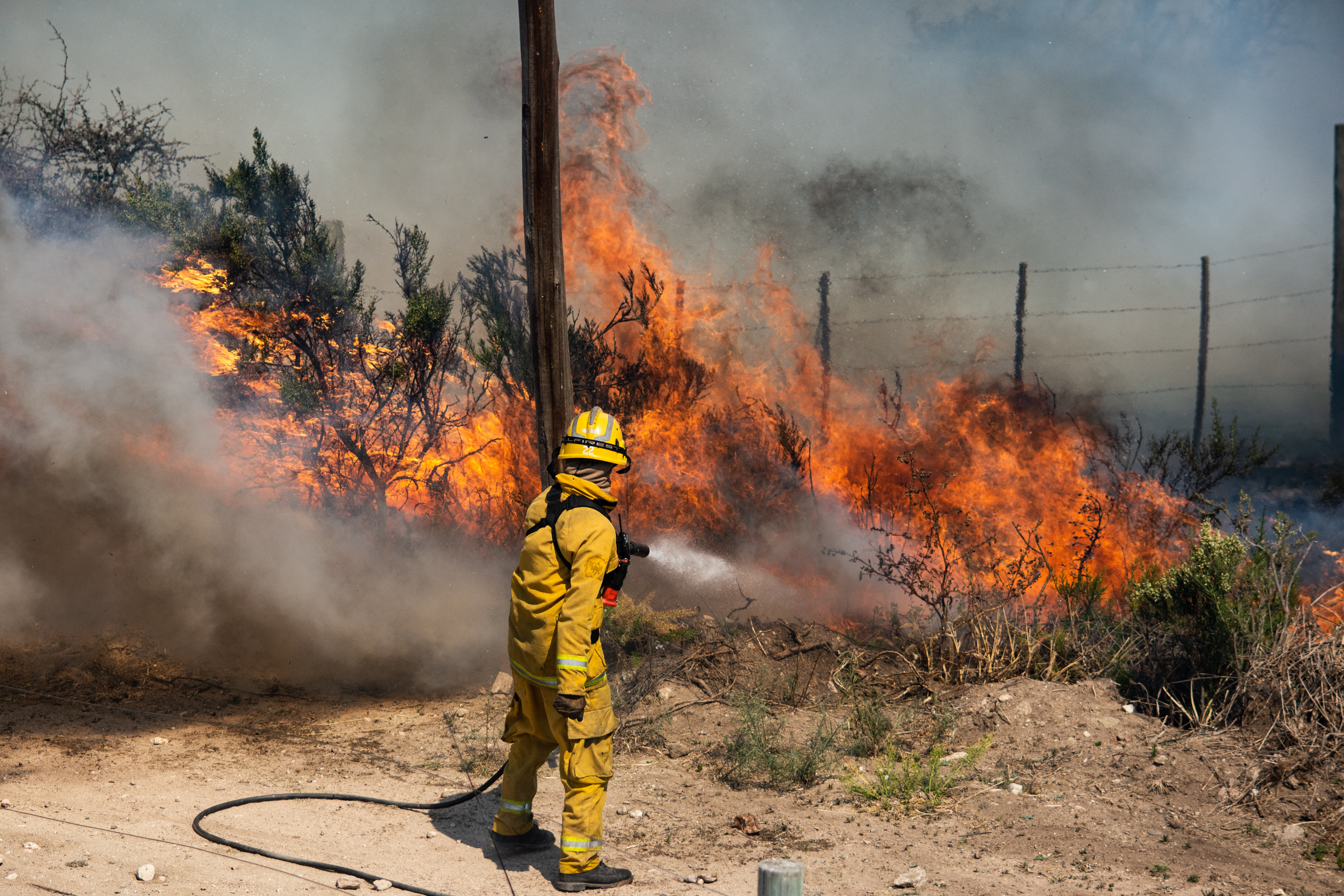 California's deadly wildfires, record heatwave spark fear of blackouts
California's deadly wildfires, record heatwave spark fear of blackoutsSpeed Read
-
 California's powerful McKinney fire is causing the 'fire-breathing dragon of clouds'
California's powerful McKinney fire is causing the 'fire-breathing dragon of clouds'Speed Read
-
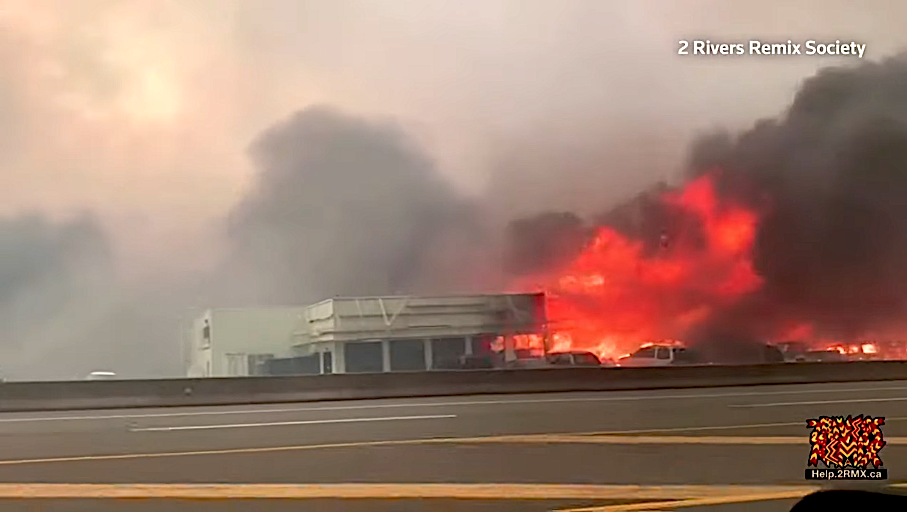 Lytton, the Canadian village that hit a record 121 degrees, has 'burnt down' in flash wildfire
Lytton, the Canadian village that hit a record 121 degrees, has 'burnt down' in flash wildfireSpeed Read